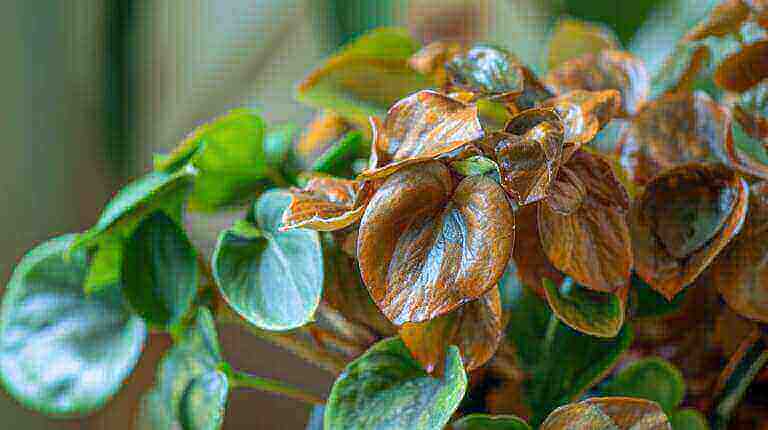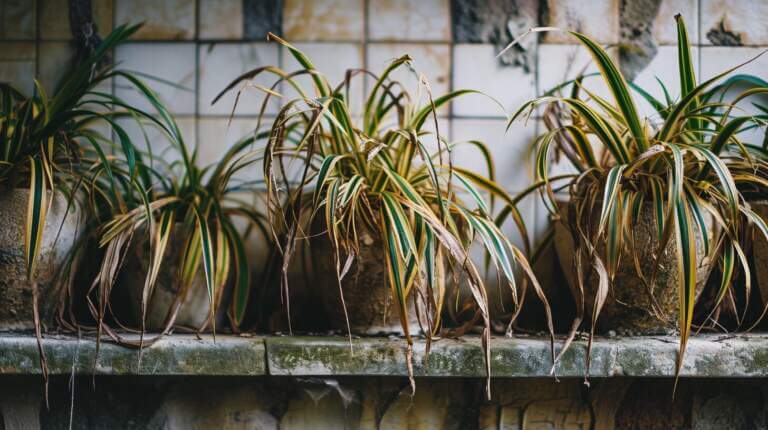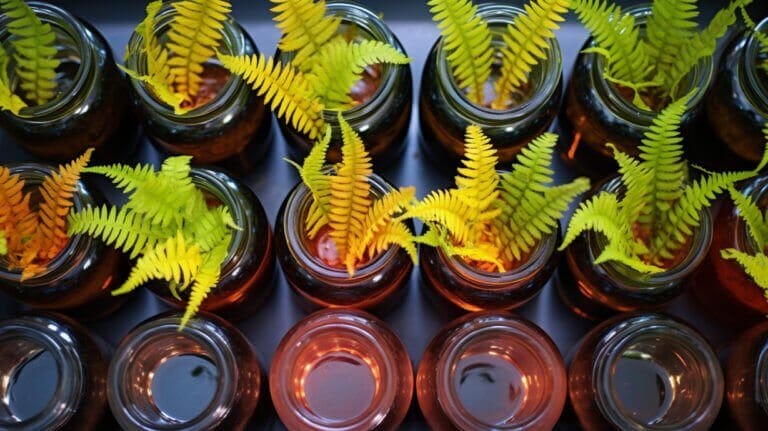A Step-by-Step Guide to Repotting Anthuriums Plant
Anthuriums, also known as laceleaf anthuriums or flamingo flower, are stunning tropical plants that can bring a touch of beauty to any space. However, to ensure their continued growth and health, it’s important to repot them every few years. Repotting anthuriums is a straightforward process that can be done with just a few simple steps. This guide will provide you with a step-by-step overview of how to repot your laceleaf anthuriums, from determining when it’s time to repot to successfully completing the repotting process.
Key Takeaways
- Repotting laceleaf anthuriums is essential for their continued growth and health
- Signs that indicate your anthurium is ready for repotting include bent or cracked containers, roots around the soil surface, and wilting foliage
- Choose a new pot that is slightly larger than the current one and use a well-draining potting mix suitable for tropical plants
- Carefully remove the anthurium from its current pot, place it in the new pot, and fill with fresh soil
- Water your anthurium well after repotting and allow it to settle in its new environment
Signs That You Need To Repot An Anthurium Houseplant
Knowing when it’s time to repot your laceleaf anthurium is crucial for its continued health and growth. There are several signs that indicate your anthurium is ready for repotting.
- Bent or cracked containers: If you notice that the container your anthurium is in has become bent or cracked, it may be a sign that the plant has outgrown its current pot and needs to be repotted into a larger one.
- Roots around the soil surface: When you see roots growing around the surface of the soil, it indicates that the anthurium’s root system is becoming cramped and needs more space to spread out.
- Roots growing out of the drainage hole: If the roots of your anthurium are growing out of the drainage hole at the bottom of the pot, it’s a clear sign that the plant is rootbound and needs to be repotted.
- Water running straight through: When you water your anthurium and the water runs straight through without being absorbed by the soil, it means that the roots have taken up most of the available space and can no longer hold onto water effectively.
- Wilting foliage, especially after watering: If your anthurium’s foliage starts to wilt and droop, particularly after you’ve watered it, it could be an indication that the root system is suffocating due to lack of space.
Table: Signs Your Anthurium Needs Repotting
| Signs | Indications |
|---|---|
| Bent or cracked containers | Plant has outgrown current pot |
| Roots around the soil surface | Root system becoming cramped |
| Roots growing out of the drainage hole | Plant is rootbound |
| Water running straight through | Roots have taken up most available space |
| Wilting foliage, especially after watering | Root system suffocating due to lack of space |
How to Repot Anthuriums Plants At Home
When it comes to repotting your laceleaf anthurium, there are a few important steps to follow to ensure the health and well-being of your plant. Here’s a guide to help you through the repotting process.
First, gather the necessary supplies. You’ll need a new pot that is 1-2 inches larger in diameter than the current one, a well-draining potting mix suitable for tropical plants like orchid mix or a mixture of peat moss and perlite, and a coffee filter or small piece of mesh to cover the drainage hole.
To begin, gently remove the anthurium from its current pot. You may need to tap the sides or gently loosen the root ball to help it come out. Once the plant is free, examine the roots for any signs of damage or disease. Trim off any dead or rotten roots with clean scissors.
Next, place the anthurium in its new pot, ensuring the plant is centered and at the same depth as before. Fill the new pot with fresh potting soil, using a mixture of two parts orchid mix and one part peat moss for optimal drainage. Add the soil in layers, gently pressing it down to eliminate any air pockets and to help the plant settle.
Once the pot is filled, water your anthurium well. Be sure to thoroughly water the anthurium until water runs out of the drainage hole. This will help settle the soil and provide the plant with the hydration it needs. After watering, allow the plant to drain for a few hours before returning it to its desired location.
Repotting your laceleaf anthurium may seem daunting, but with the right supplies and steps, you can give your plant the care it needs. By following these tips on repotting anthurium plants, your anthurium will have a fresh start in its new pot, ensuring continued growth and beauty in your space.
FAQ
When is the right time to repot my laceleaf anthurium?
Signs that indicate your anthurium is ready for repotting include bent or cracked containers, roots around the soil surface, roots growing out of the drainage hole, water running straight through, and wilting foliage, especially after watering. It’s best to repot your anthurium when it starts showing signs of being rootbound, but it’s also important to wait until new growth starts in the spring to ensure the plant has enough energy to recover from the stress of repotting.
What supplies do I need to repot my laceleaf anthurium?
You’ll need a new pot that is slightly larger than the current one, a well-draining potting mix suitable for tropical plants (such as orchid mix or a mixture of peat moss and perlite), and a coffee filter or small piece of mesh to cover the drainage hole.
How do I repot my laceleaf anthurium?
Here are the steps to repotting your laceleaf anthurium: 1) Remove the anthurium from its current pot, 2) Place the plant in a new pot that is 1-2 inches larger in diameter, 3) Fill the new pot with fresh potting mix, 4) Place the anthurium in the new pot, making sure the base of the plant is slightly elevated, 5) Gently pack the potting mix around the roots, 6) Water the anthurium well, allowing the water to drain out of the bottom of the pot, 7) Allow the plant to settle in its new pot for a few hours before returning it to its usual spot.







